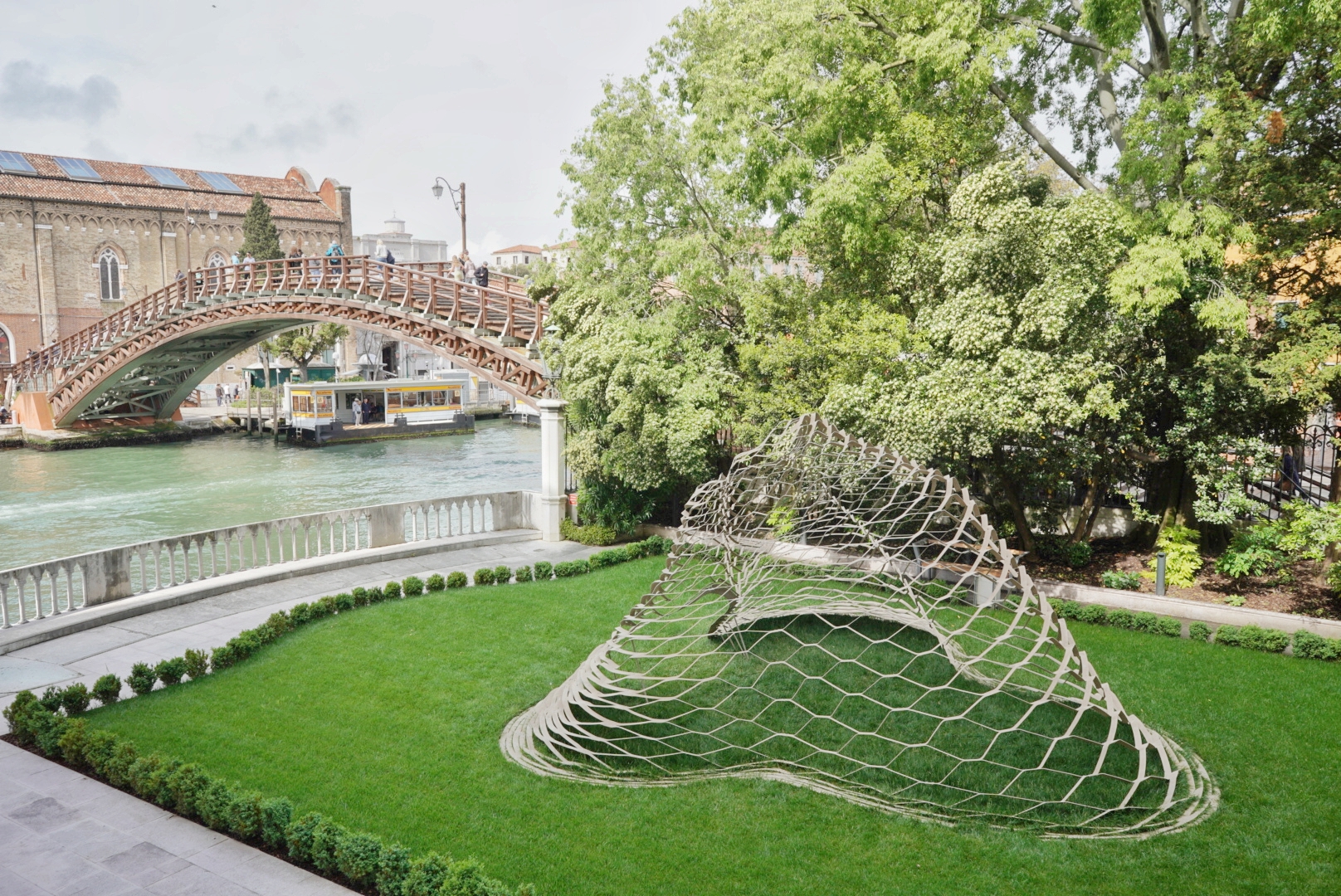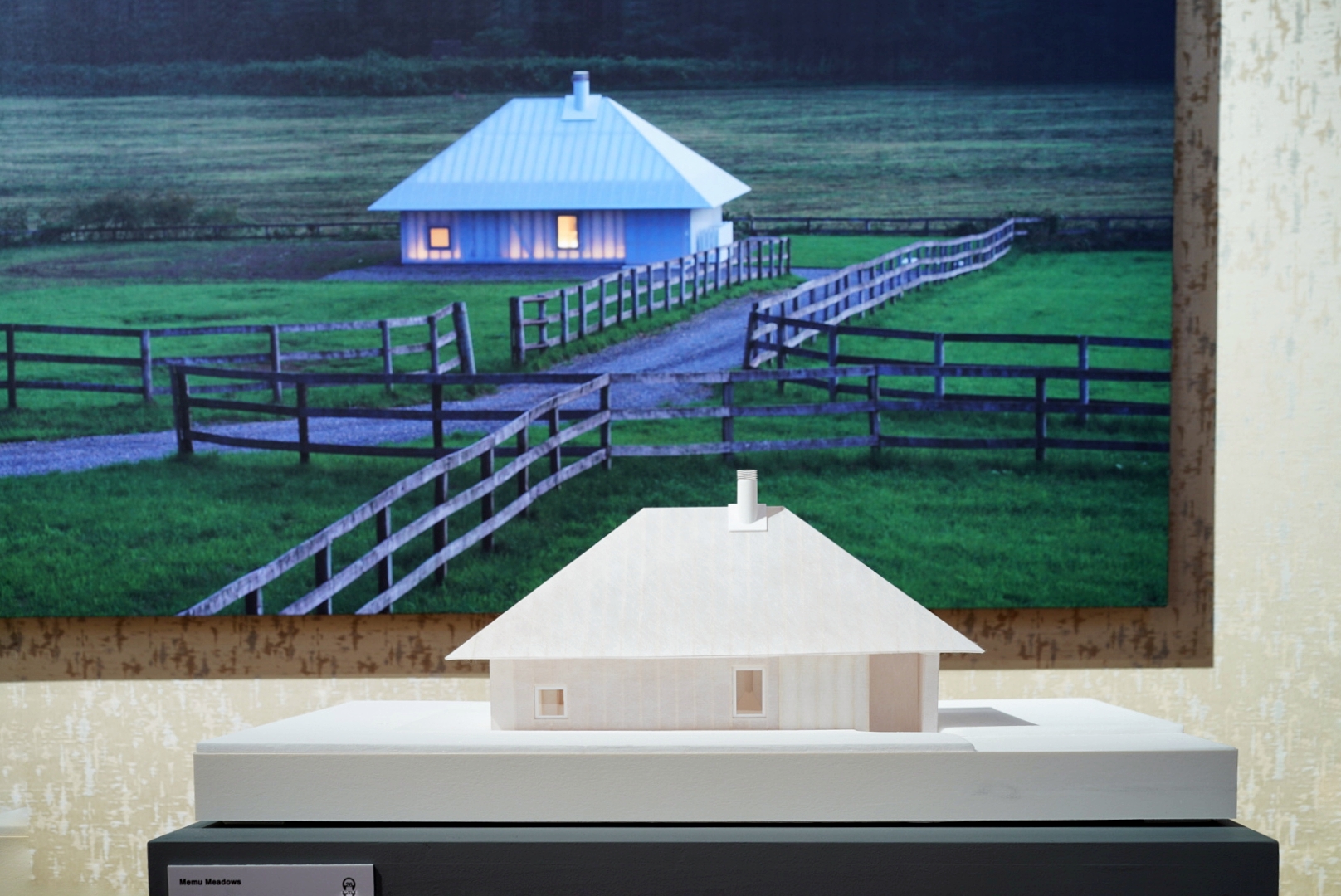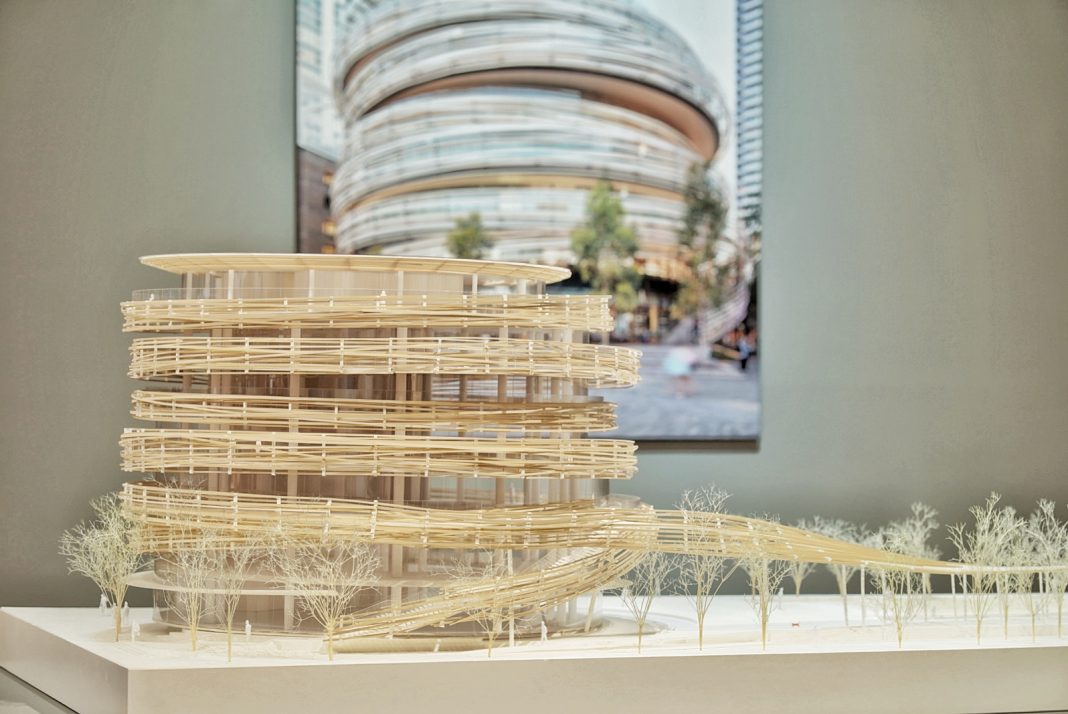«Onomatopoeia does not treat architecture as the subject of operations by higher-ranking actors (architects), but treats architecture and humans in the same line. Architects are not the top of architeccture, but they walk around the architecture with users. Onomatopoeia is such a kind of animal-like voice that is emitted at a physical and experiential level».
Wood, paper, metal are the most used materials by Kengo Kuma, together with elements from the japanese tradition, all conceived in a contemporary way.
Surfaces don't involve only the sight, but also the senses of smell and touch. The dialogue between human and material is a very current topic, interesting to analyse. Every architect establishes a personal relationship with the chosen material. "In this dialogue the language that I use is almost never influenced by logic. And when I use it, it's impossible to make me understand. That is why I always chose Onomatopoeia. Material and body talk with each other and resonate when they use this primitive language»
This is the key point of his originality, that considers the world itself a material and studies in detail every site of his projects before making sketches, trying to understand the places in an authentic manner and to create architectures that are not only in relationship with the environment but also rooted in space and time. Kuma considers materials indissolubly related to the place. The buildings he designs have often an unexpected lightness and a type of movement that he himself attributes to his process of musical concept. Avoiding the use of concrete as much as possible, he creates works that seem to settle gently on the ground, sometimes appearing evanescent or even ambiguous.

This exhibition goes through some of his most famous projects to describe all the aspects of his work, tactile, sensorial and structural.
After the World War II, the favourite material used by architects was concrete, practical and cheap element to quickly rebuild what had been destroyed. Kuma felt that the materials of
common contemporary architecture largely rejected the past. But it's in the past that singns to create a better future are hidden.
For the architect attending the University of Tokyo in the seventies meant confronting with the masters of architecture of the time as Kenzo Tange, renowed for his wide use of concrete, and discovering to be a sort of outsider. Instead of following Tange's modern footsteps or seeking inspiration in Japanese tradition, he found his own expressive freedom thanks to his international background.

In 1985-86 he was Visiting Student at the Columbia University in New York. Here he started to look at the ancient traditional solutions, understanding that these usually carried with them the spirit and thoughts of the time. The rediscovery of Japanese tradition occurred during the sharing of the tea ceremony with some of his American friends in the space that he reproduced as a real teahouse. On that occasion he noticed how much Americans are attracted to Japanese design.
A mix of influences that has made so special the work of this artist who created more than 400 building and installations worldwide.

